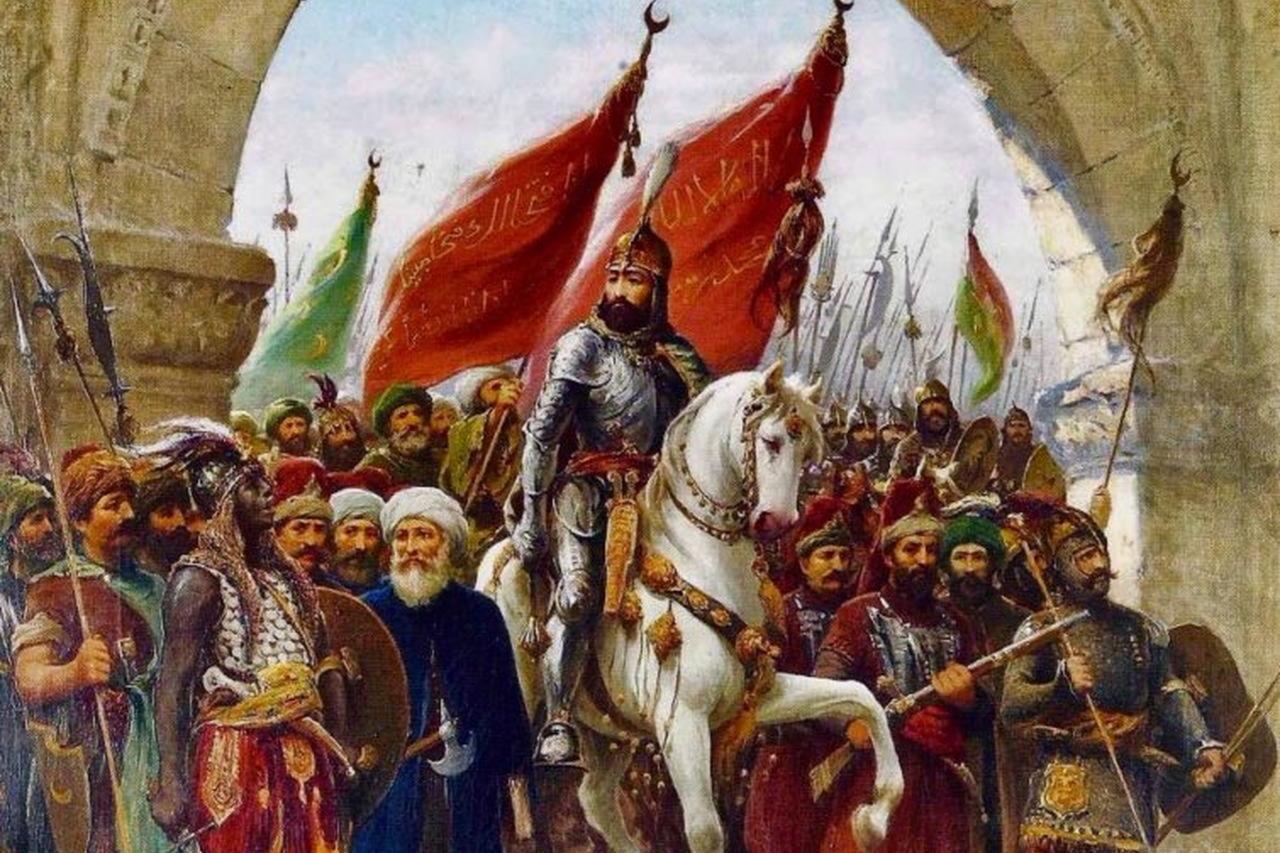
Byzantine sources recount numerous extraordinary events during the siege of Constantinople: an icon believed to work miracles, depicting the Virgin Mary, fell to the ground during a ceremony and could only be lifted with great difficulty. On another occasion, people singing hymns and walking through the streets were caught in a terrible storm. Blood flowed from mussels, and the moon took on strange shapes. These bizarre events psychologically wore down the defenders.
Sultan Mehmed II set up his imperial tent in Maltepe, on the left side of Bayrampasa Valley, on April 5, and positioned his army for the siege. He had the walls inspected and deployed his forces of 70,000-80,000 men according to his pre-arranged plan.
With approximately 10,000 soldiers and a civilian population of 30,000-35,000 capable of aiding in defense during the war, Byzantium had completed its preparations before the Ottoman army arrived.
Byzantine Emperor Constantine, along with Byzantines such as Alexios Disipates, Metochites, Philanthropenos Palaiologos, and the Spanish Don Francisco de Toledo, established his headquarters opposite Fatih's imperial tent, which was positioned between Topkapi and Edirnekapı. Giovanni Giustiniani Longo, a Genoese and one of the most important figures in the city's defense, was initially on the right side of the walls. However, upon seeing that the Ottomans were concentrating their main assault weapons between Topkapi and Edirnekapi, he repositioned himself in this area.
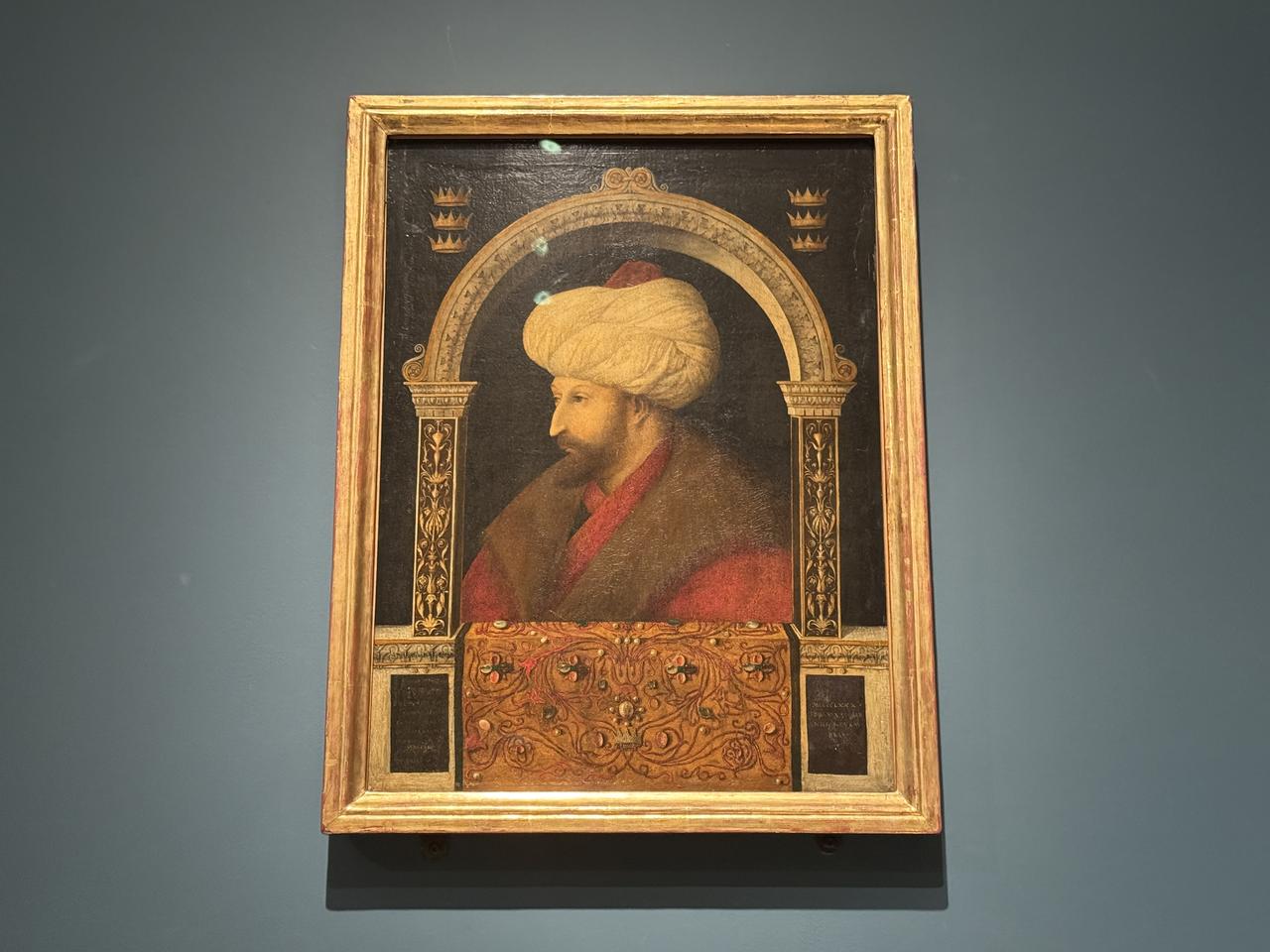
During the War Council, the defensive positions were assigned. The Venetians and Genoese played the most crucial roles in the city's defense. The four important gates on the land walls were assigned to four Venetian commanders.
Beside Catarino Contarini, who defended Yedikule, were the Byzantines Ioannes Kantakouzenos and Andronikos Kantakouzenos. Genoese Maurizio Cattaneo operated in the area from Yedikule to Silivrikapi, while the Genoese brothers Paolo, Antonio, and Troilo Bocchiardi were based in Mevlevihanekapi. At Silivrikapi, the Venetians Nicolo Mocenigo, Battista Gritti-Nicholas Gudello, and his father-in-law, Dimitrios Palaiologos, were stationed.
At Odunkapi and the Anemas Tower, Genoese fighters Girolamo and Lionardo di Langasco joined Palaiologos Manuel in defense. The Tekfur Palace was guarded by Venetian Ambassador Girolamo Minotto and Giovanni Giorgi of Vicenza. The palace gate was first defended by the Venetian Dolfin, and later by Giovanni Loredan, who remained there until he was reassigned to the fleet in the Golden Horn on April 29.
Egrikapi was defended by the German Johann Grant, the Byzantines Manuel Goudelli and Theodoros Karistenos, and the Genoese Leonardo de Langasco and Gerolamo Italioni. The area from Egrikapi to Tahtakapi on the Golden Horn was protected by the Venetian Teodor Caristino, Bishop Leonardo of Chios, and the Langosco brothers. At Edirnekapi, the Venetian Fabruzzi Corner and the Byzantine Leontaris Brienno were stationed.
While Manuel Palaiologos defended Tahtakapi, Theophilos Palaiologos (in the tower at Ayakapi) was positioned on the walls and gates to the left of Topkapi. In the area from the Marmara shores to Yedikule were the Venetian Filippo Contarini and the Genoese Manuel (Yedikule). Dimitrios Kantakouzenos was positioned on the sea side, while the walls of the "outer harbor" up to Samatya were under the command of Giacomo Contarini.
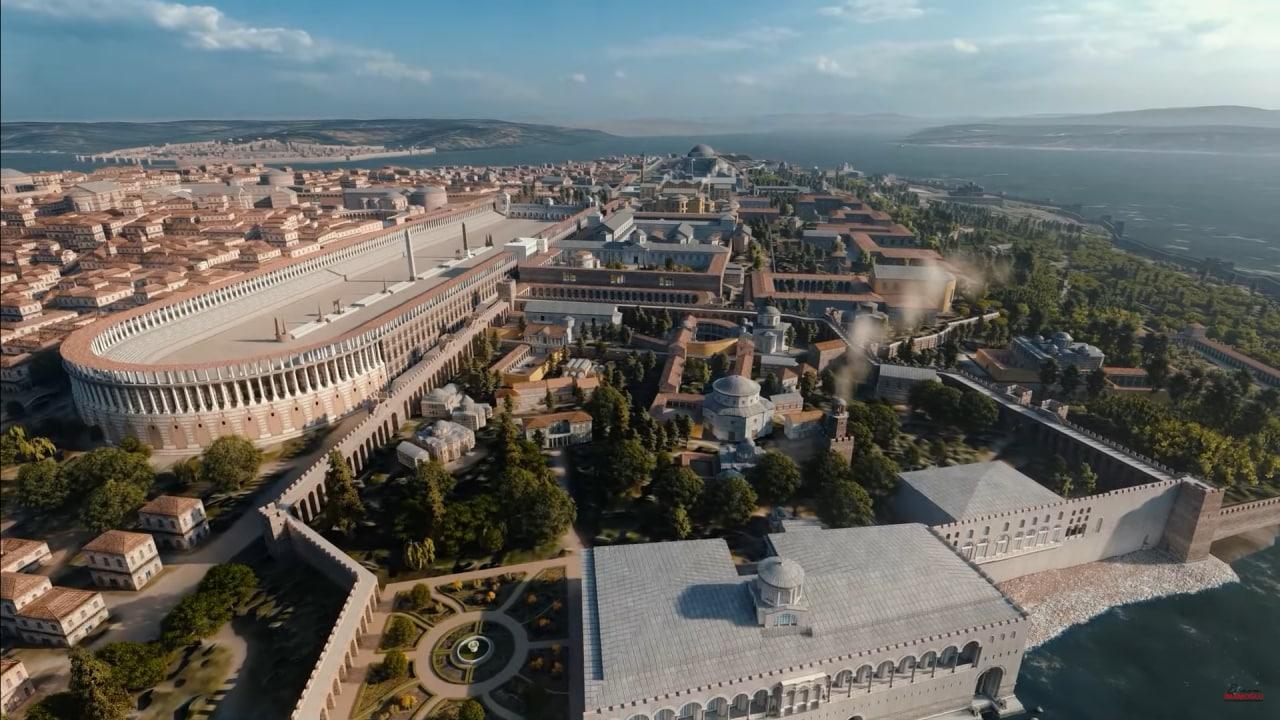
The Catalans, under the command of Captain Pier Zulian from the Kingdom of Aragon, were stationed from the Boukoleon Harbor, one of the imperial palaces, to Kumkapi.
Prince Orhan and his Turkish contingent defended Eleutheros Harbor. Cretan sailors, along with the Venetian Gabriel Trevisano and Giorgi di Nicolo, were stationed from the Kinegion Fortress at Sarayburnu to Fener Kapisi. Fener Kapisi was defended by the Byzantine Alessio Disipato. The area from Fener Kapisi to Imparatorluk Kapısı was defended by the Venetians Ludovico and Antonio Bembo. Imparatorluk Kapisi was defended by Grand Duke Lucas Notaras, and the areas below Imparatorluk Kapisi were defended by Giovanni Vlaco, Metochites Palaiologos, and Flantropenos.
Cardinal Isidor, the Pope's representative, was at Sarayburnu, while the Golden Horn walls and gates were protected by the forces of Gabriel Trevisano and Grand Duke Lucas Notaras. All naval forces in the Golden Horn were under the command of Venetian Captain Aloise Diedo.
The Latin Patriarch, along with the Metropolitan of Mytilene and his men, was seen arrayed on the ramparts up to Kinegesion (Ayvansaray) and the Church of Saint Demetrius. Dimitrios Palaiologos and Nikola Goudelli commanded 1,000 mobile forces.
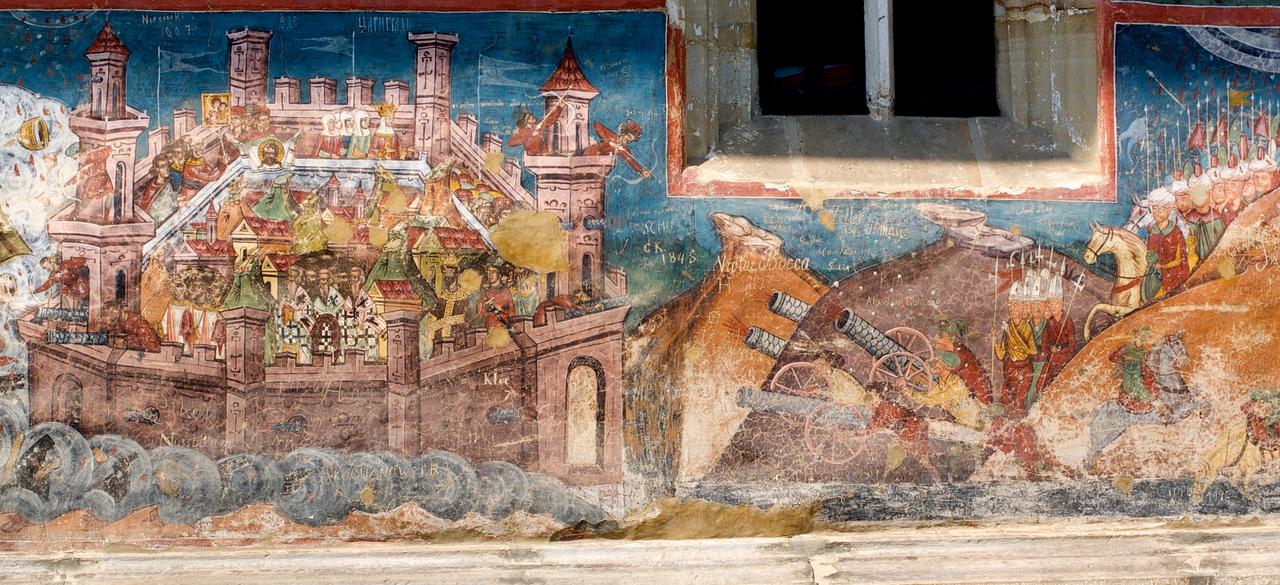
On April 6, the Ottoman ruler, in accordance with Islamic traditions, demanded the surrender of the city from the emperor, but this was refused. From the night of April 6 onward, the walls began to be pounded by cannon fire. The defenders immediately filled in any breaches in the walls. The siege had begun. On April 9, the Ottoman fleet under the command of Baltaoglu Suleyman Bey attempted to cross the chain stretched across the Golden Horn but failed.
During the siege, Mehmed II toured the walls with his commanders and inspected the land and sea forces. On April 11, cannons were placed in four separate positions in front of the walls considered weak, between Silivrikapi and Topkapi. The Ottomans incessantly bombarded the walls with intense artillery fire throughout the siege to prevent the Byzantines from reorganizing. The defenders closed the breaches and filled the destroyed parts of the walls with barrels, earth, and other materials.
On April 18, the first assault on the outer walls in the direction of Bayrampasa Stream, which had been damaged by days of continuous cannon fire, was launched but failed.
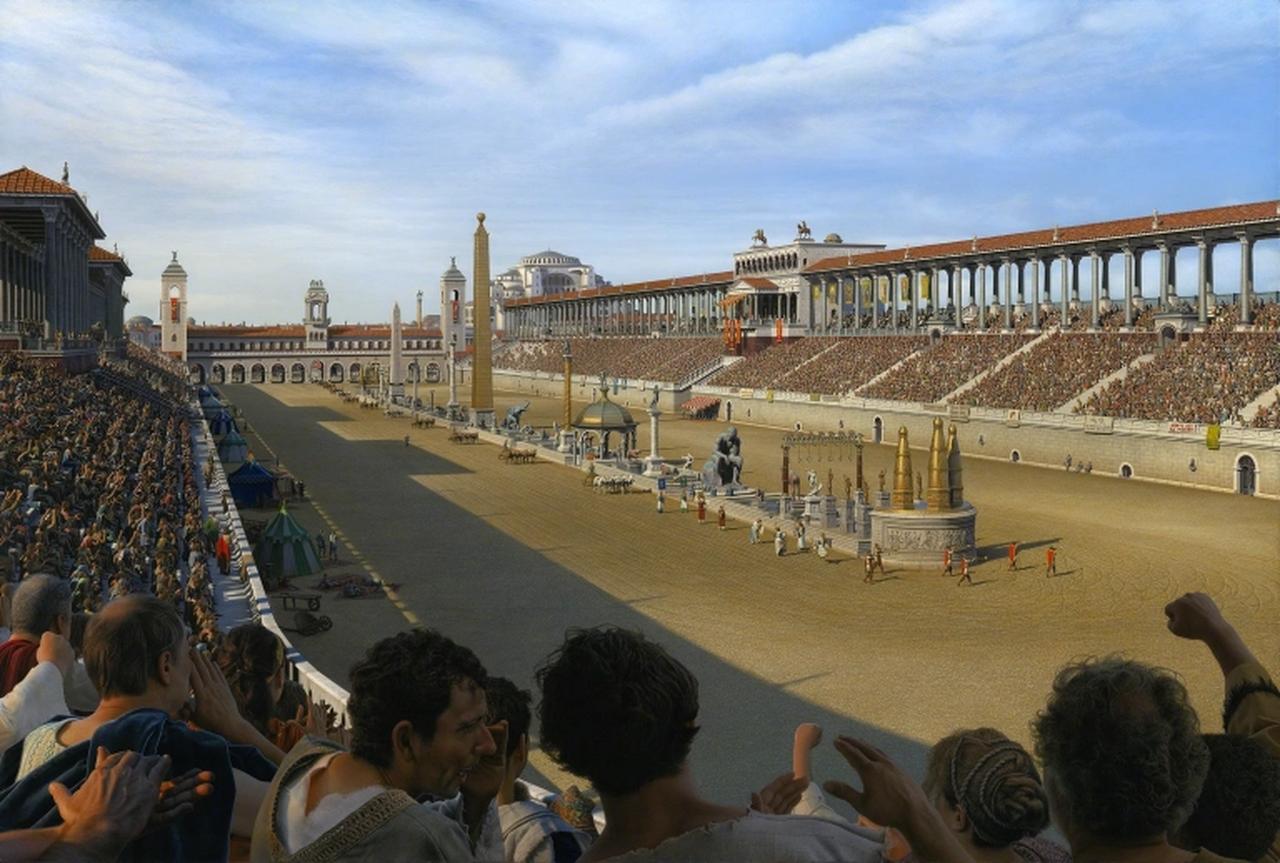
After the siege began, the people and army of Constantinople worked with great sacrifice to defend the city. They immediately filled any breaches in the walls and systematically collapsed the tunnels. They even managed to repel large-scale assaults. Once, they even attempted to attack the Ottoman army. When May arrived, famine began to emerge in Constantinople. Food became scarce, and prices increased excessively.
When soldiers abandoned their posts to find food for their families, Byzantine administrators distributed bread to the soldiers' families. Some soldiers, who did not receive their wages, left their duties and began to engage in other work. The emperor wanted to pay the soldiers their wages, but there was no money in the treasury. Taxes were intended to be increased, but the city's wealthy hid their money. Consequently, money and valuable items from churches were confiscated, and wages were paid.
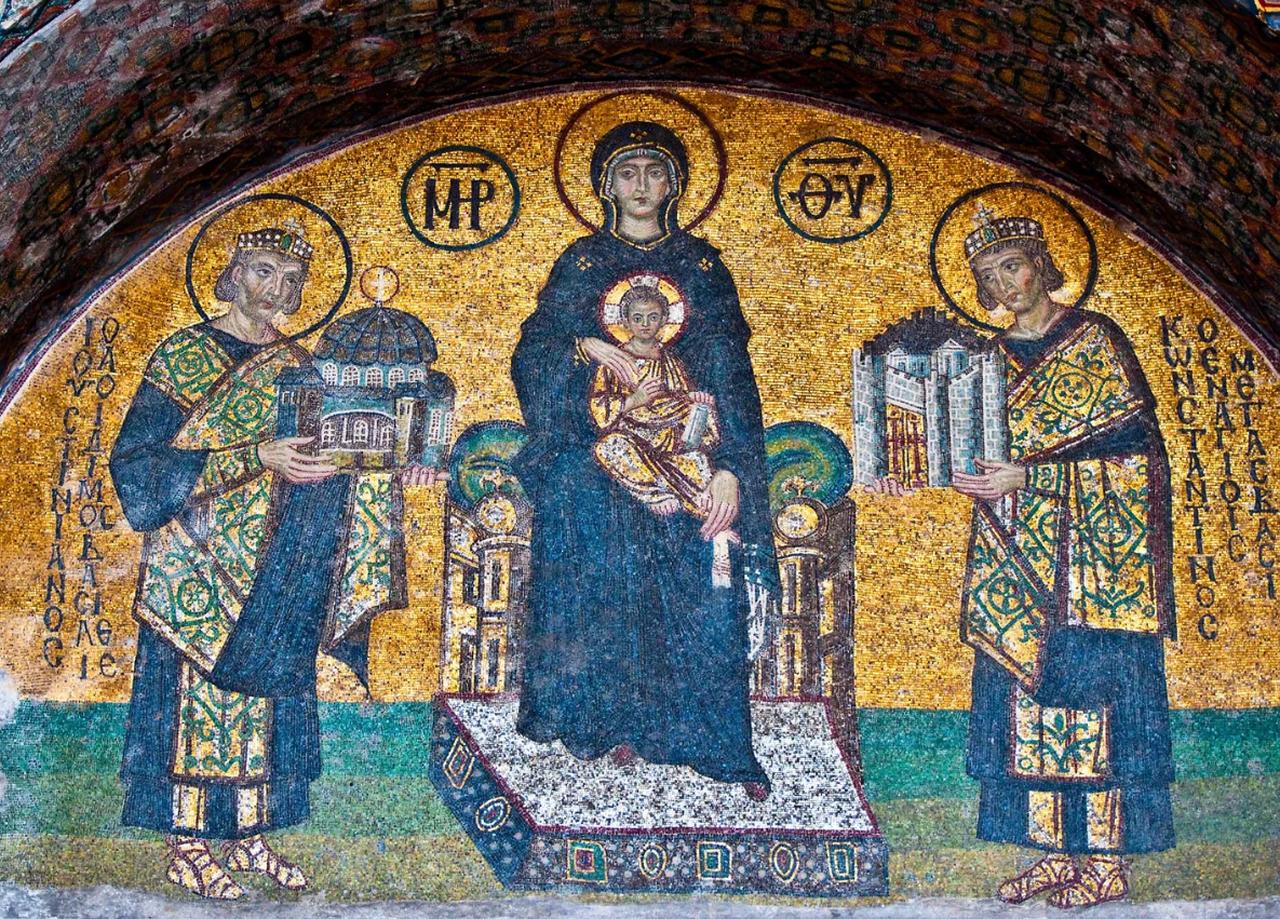
Byzantine sources recount numerous extraordinary events during the siege of Constantinople: an icon believed to work miracles, depicting the Virgin Mary, fell to the ground during a ceremony and could only be lifted with great difficulty. On another occasion, people singing hymns and walking through the streets were caught in a terrible storm and were forced to disperse. One day, after dawn, in the early hours of the day, a thick cloud of fog descended upon the city, covering the clear sky of spring. It was also rumored that a large dragon appeared near the city and devoured animals. Blood flowed from mussels, and the moon took on unexplainable, strange shapes.
While these strange events and rumors psychologically wore down the defenders, the people still believed that their city was under the constant protection of God and the Virgin Mary, and that Constantinople would be saved. In the city, which could fall at any moment, an old legend revived in the memories of Christians: "A knight will descend from the sky, come to the Column of Constantine, and with a mace brought to him by an angel, he will chase and destroy the enemies as far as the Mountains of Iran." As the siege dragged on, Constantinople's strength waned. Rivalry and conflict increased among local and foreign commanders. The defenders became exhausted. However, the emperor fought until the last moment. He made a virtuous choice to defend his people and city, showing extraordinary effort. He died defending the streets of Constantinople with his sword in hand during the final assault.
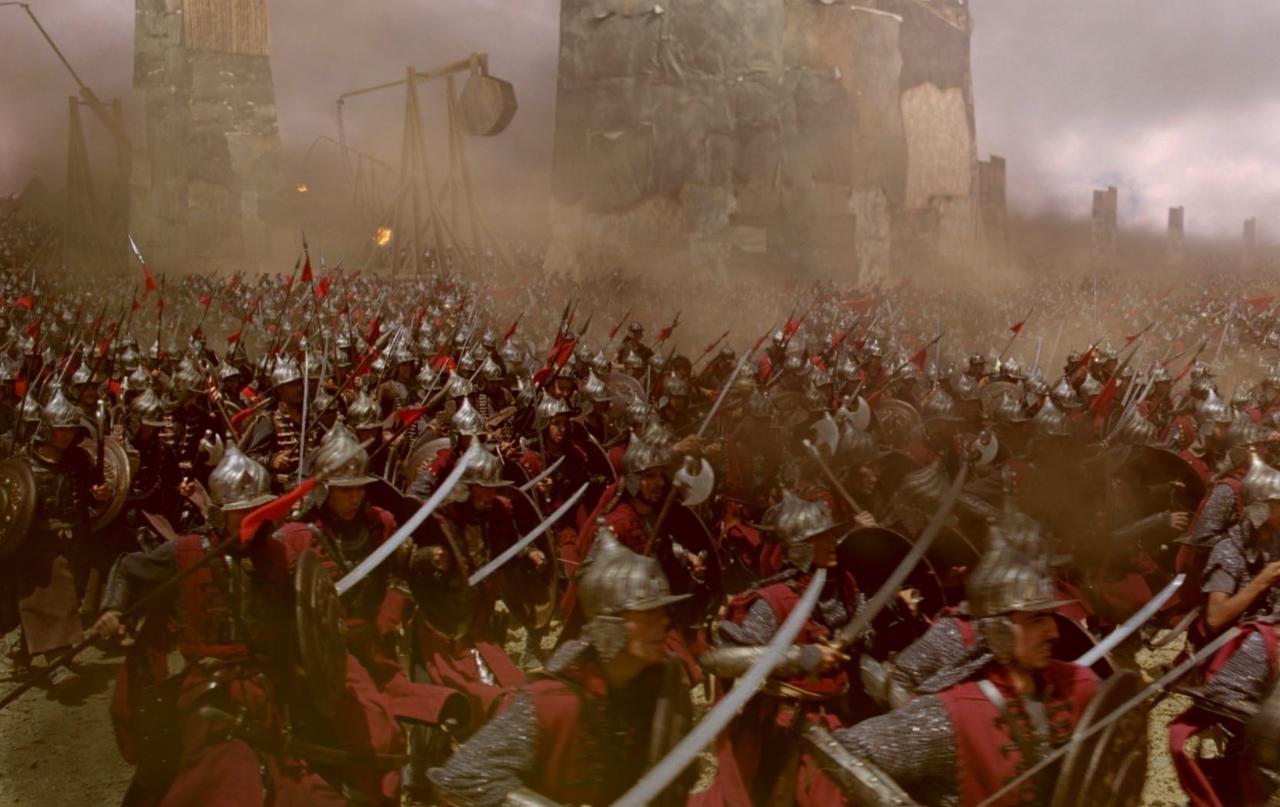
After arriving before Constantinople, Mehmed II deployed his army of 70,000-80,000 men according to his pre-arranged plan. Fatih, along with his Grand Vizier Candarli Halil Pasha, positioned himself opposite the Edirnekapi-Topkapi line. He set up his imperial tent in Maltepe. Beside the sultan were the janissaries and the Kapikulu Sipahis.
Cannons, with the largest placed opposite Topkapi, were primarily positioned in 14 batteries opposite the Imperial Palace, Yedikule, and Silivrikapi. Forces under the command of Zaganos Pasha settled on the hills of Beyoglu and Kasimpasa, taking control of Galata, a Genoese colony. These forces would also put pressure on the shores of Kagithane and the southern shores where the land walls began.
Dayi Karaca Pasha, the Beylerbey of Rumelia, with the Rumelian soldiers, besieged the land walls from the Golden Horn to Edirnekapi on the left side. Ishak Pasha, the Beylerbey of Anatolia, and Mahmud Pasha, with the Anatolian soldiers, were stationed in the section extending from Mevlevikapi to the Marmara coast. The Ottoman navy, under the command of Baltaoglu Suleyman Bey, was tasked with preventing outside aid and entering the Golden Horn.